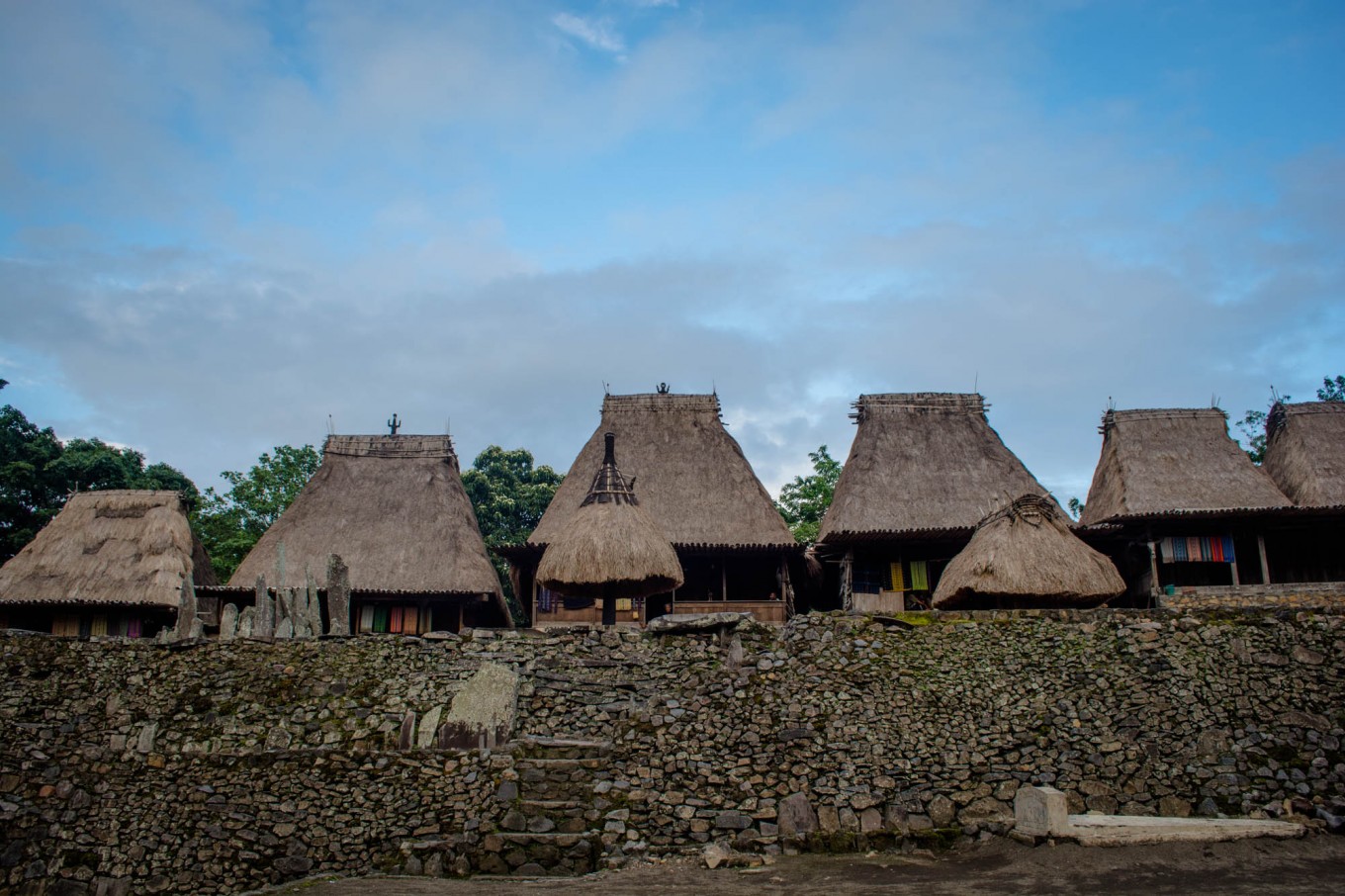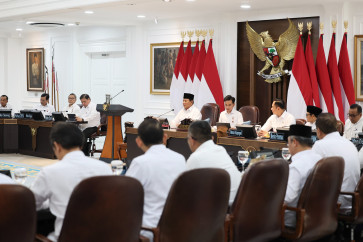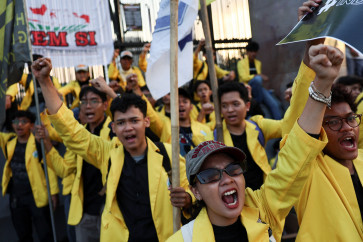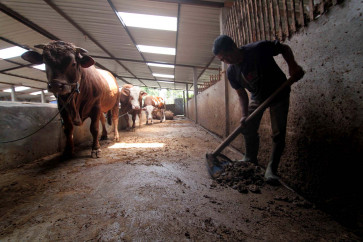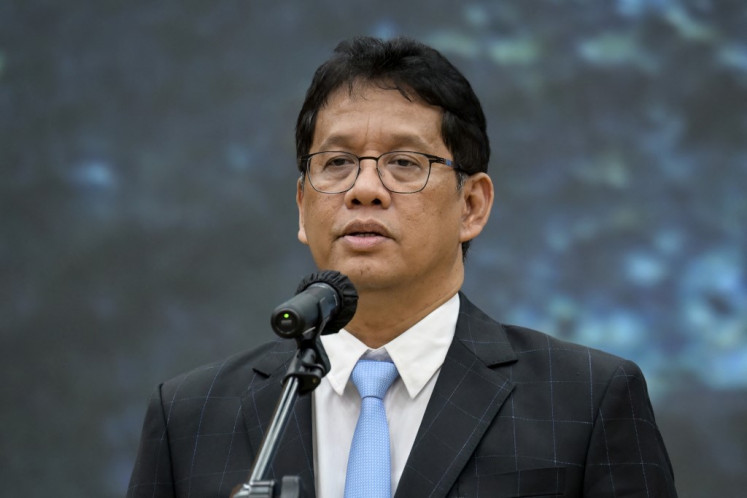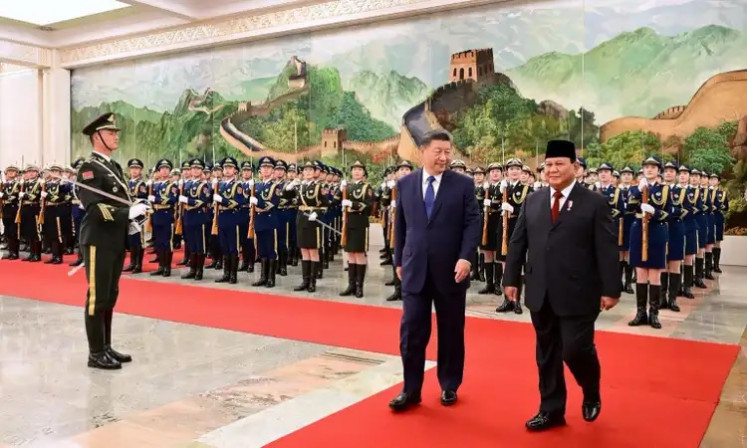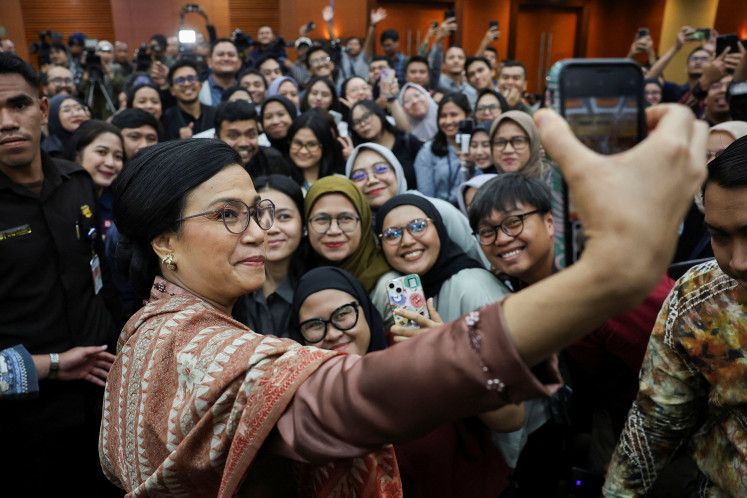Popular Reads
Top Results
Can't find what you're looking for?
View all search resultsPopular Reads
Top Results
Can't find what you're looking for?
View all search resultsStrolling through megalithic village of Bena
It’s late in the afternoon and the mist has started to descend from the top of Mount Inerie. Sitting on the valley, at 2245 meters above sea level, is the megalithic village of Bena, one of East Nusa Tenggara's traditional villages located in Bajawa regency.
Change text size
Gift Premium Articles
to Anyone
I
t’s late in the afternoon and mist has started to descend from Mount Inerie. Sitting on top of the valley, at 2245 meters above sea level, is the megalithic village of Bena, one of East Nusa Tenggara's traditional villages located in Bajawa in Ngada regency.
Visiting the village is like a journey back in time. The Bena people are thought to have resided in this valley for some 1,200 years, but Yoseph Rojakale, head of the Deru Lalulewa tribe, said the village might be older than that.
Strolling through the village, visitors can admire Bena's traditional houses still preserved in their original form.
(Read also: Exploring Flores heritage of weaving 'tenun ikat')
There are a total of nine clans that reside in 49 houses, although not all of them live in the village area. Each clan has two main houses, one of them is for their female elders called saka puu, which has a figure called bhaga on the top of the house. For the male elders, their house is called saka lobo, which is marked by a statue sitting on its roof. It is wrapped in palm fibers and is holding a machete and a spear. Each main house is accompanied by a plain house that has no symbols called kaka.
The Bena people built the houses using natural materials such as bamboo and wood called oja, which was taken from the surrounding forests. Symbols and pictures of animals decorate the interior and exterior of the houses.
“We call the curves lalu, susu and mesa, which mean ‘father’, ‘mother’ and ‘child’,” said Yoseph. “Horses are a symbol of energy, meaning that we need to have horse power to do our work, while chickens are to remind us to go farming early in the morning at 6 a.m. and come back at 6 p.m. We have to start early to keep our farm safe from monkeys that like to steal our harvest.”
In front of the house, colorful traditional woven fabrics are put on display and can be bought as souvenirs. Women weave during mornings inside of the house in a specific area called teda moa, while the men work in the field.
(Read also: Cultural performances mark Tour de Flores celebration in Larantuka)
Yoseph said the price to build a house could reach up to Rp 350 million (US$25,773), which involved a special ceremony that sacrifices 20 bulls. The money is collected from donations and the bulls' horns would be displayed in front of the house to respect the donors.
“These decorations are symbols of our gotong-royong [mutual cooperation]. It costs us a lot of money to build this house since the price of wood is very expensive.”
Yoseph later revealed an ancient stone that cannot be removed.
"This stone has to stay here. If someone takes it away, disaster will strike and destroy the entire village." (kes)

